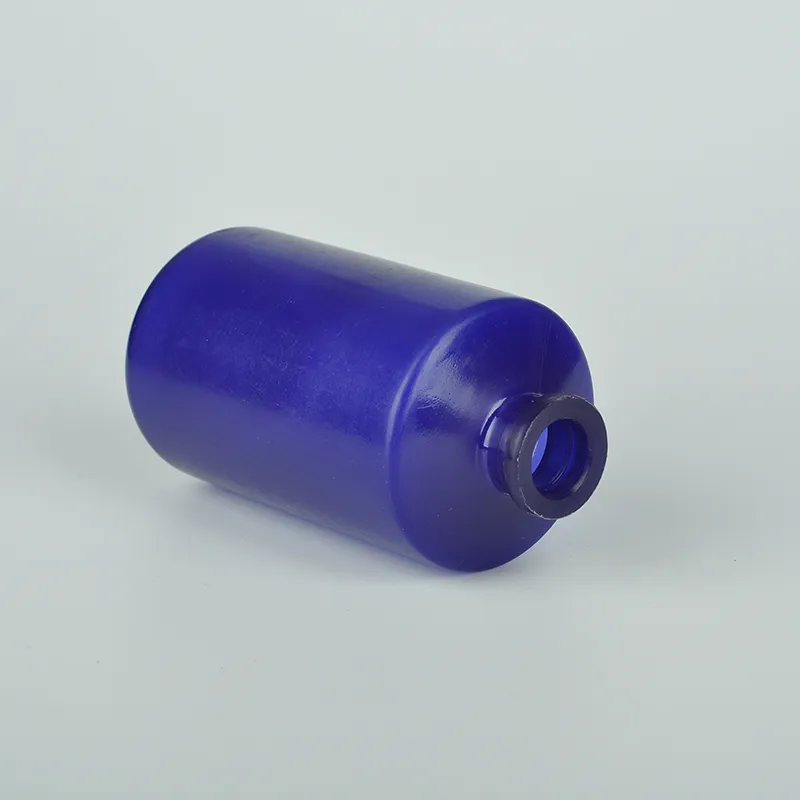
-
 Afrikaans
Afrikaans -
 Albanian
Albanian -
 Amharic
Amharic -
 Arabic
Arabic -
 Armenian
Armenian -
 Azerbaijani
Azerbaijani -
 Basque
Basque -
 Belarusian
Belarusian -
 Bengali
Bengali -
 Bosnian
Bosnian -
 Bulgarian
Bulgarian -
 Catalan
Catalan -
 Cebuano
Cebuano -
 Corsican
Corsican -
 Croatian
Croatian -
 Czech
Czech -
 Danish
Danish -
 Dutch
Dutch -
 English
English -
 Esperanto
Esperanto -
 Estonian
Estonian -
 Finnish
Finnish -
 French
French -
 Frisian
Frisian -
 Galician
Galician -
 Georgian
Georgian -
 German
German -
 Greek
Greek -
 Gujarati
Gujarati -
 Haitian Creole
Haitian Creole -
 hausa
hausa -
 hawaiian
hawaiian -
 Hebrew
Hebrew -
 Hindi
Hindi -
 Miao
Miao -
 Hungarian
Hungarian -
 Icelandic
Icelandic -
 igbo
igbo -
 Indonesian
Indonesian -
 irish
irish -
 Italian
Italian -
 Japanese
Japanese -
 Javanese
Javanese -
 Kannada
Kannada -
 kazakh
kazakh -
 Khmer
Khmer -
 Rwandese
Rwandese -
 Korean
Korean -
 Kurdish
Kurdish -
 Kyrgyz
Kyrgyz -
 Lao
Lao -
 Latin
Latin -
 Latvian
Latvian -
 Lithuanian
Lithuanian -
 Luxembourgish
Luxembourgish -
 Macedonian
Macedonian -
 Malgashi
Malgashi -
 Malay
Malay -
 Malayalam
Malayalam -
 Maltese
Maltese -
 Maori
Maori -
 Marathi
Marathi -
 Mongolian
Mongolian -
 Myanmar
Myanmar -
 Nepali
Nepali -
 Norwegian
Norwegian -
 Norwegian
Norwegian -
 Occitan
Occitan -
 Pashto
Pashto -
 Persian
Persian -
 Polish
Polish -
 Portuguese
Portuguese -
 Punjabi
Punjabi -
 Romanian
Romanian -
 Russian
Russian -
 Samoan
Samoan -
 Scottish Gaelic
Scottish Gaelic -
 Serbian
Serbian -
 Sesotho
Sesotho -
 Shona
Shona -
 Sindhi
Sindhi -
 Sinhala
Sinhala -
 Slovak
Slovak -
 Slovenian
Slovenian -
 Somali
Somali -
 Spanish
Spanish -
 Sundanese
Sundanese -
 Swahili
Swahili -
 Swedish
Swedish -
 Tagalog
Tagalog -
 Tajik
Tajik -
 Tamil
Tamil -
 Tatar
Tatar -
 Telugu
Telugu -
 Thai
Thai -
 Turkish
Turkish -
 Turkmen
Turkmen -
 Ukrainian
Ukrainian -
 Urdu
Urdu -
 Uighur
Uighur -
 Uzbek
Uzbek -
 Vietnamese
Vietnamese -
 Welsh
Welsh -
 Bantu
Bantu -
 Yiddish
Yiddish -
 Yoruba
Yoruba -
 Zulu
Zulu
Design and Specifications for a Laboratory Reagent Bottle Illustration
The Importance of Laboratory Reagent Bottles A Detailed Overview
In any scientific endeavor, the accuracy and reliability of results hinge largely on the quality and handling of chemicals used in experiments. This brings us to the significance of laboratory reagent bottles, which serve as critical vessels for storing, organizing, and dispensing chemical reagents. Understanding the essential characteristics and the proper use of these bottles can dramatically enhance laboratory efficiency and safety.
Design Features of Laboratory Reagent Bottles
Laboratory reagent bottles come in various shapes and sizes, designed to meet different storage needs. Typically, these bottles are made from materials such as glass or high-density polyethylene (HDPE). Each material has its own advantages; for instance, glass is inert and offers excellent resistance to high temperatures and chemical reactions, while HDPE is lightweight, shatter-resistant, and ideal for storing corrosive substances.
A critical aspect of laboratory reagent bottles is their closure system. Many bottles feature screw caps or dropper tops made from materials that prevent leakage and contamination. Additionally, many modern designs incorporate features such as wide mouths for easy filling and cleaning, and graduated markings to facilitate accurate measurement of liquids.
Classification and Labeling
Correct classification and labeling are imperative in maintaining a safe and efficient laboratory environment. Reagent bottles should be clearly marked with the name of the chemical, its concentration, date of receipt, and expiration date, if applicable. Color coding systems can also be employed for quick reference, allowing lab personnel to swiftly identify hazardous materials.
It is essential to adhere to established labeling protocols to avoid potentially life-threatening mix-ups. Misidentification of reagents can lead to dangerous reactions or the wrong conclusions in experimental data. Furthermore, keeping the introduction of new reagents well-documented ensures that any necessary phase-out due to outdated substances is implemented promptly.
laboratory reagent bottle drawing

Storage Practices
Proper storage of laboratory reagent bottles is equally important. Chemicals should be stored according to their compatibility, avoiding mixtures that may react adversely. For example, reagents that may emit harmful gases or create explosive compounds when combined should be sectioned off. Additionally, long-term storage means employing safe temperature and humidity controls to prevent degradation of the chemical properties of the reagents.
The placement of bottles also requires careful consideration; heavier bottles should be stored lower on shelves to prevent accidents, while frequently used reagents should be easily accessible. Moreover, safety data sheets (SDS) should always be within reach, providing essential information on the proper handling and emergency measures for each reagent.
Disposal and Environmental Considerations
Lastly, the disposal of chemical reagents in laboratory bottles must not be overlooked. Strict adherence to local regulations regarding hazardous materials ensures environmental protection and safety adherence in research practices. Empty reagent bottles should be disposed of properly or recycled in a manner consistent with the type of material, whether glass or plastic.
Conclusion
In summary, laboratory reagent bottles are a cornerstone of safe and effective chemical handling in scientific research. Their design, proper labeling, careful storage, and appropriate disposal practices are crucial to ensuring that laboratory operations run smoothly. By emphasizing the importance of these components, laboratories can foster a safer environment that promotes scientific discovery while minimizing risks associated with hazardous materials. Understanding and respecting the roles these bottles play will ultimately contribute to the integrity and reliability of scientific outcomes.
-
Premium Metal Dropper Bottle for Precise Dispensing 250ml & 1ml Options AvailableNewsJul.04,2025
-
20 ml Headspace Vials - High Quality Polyethylene & Plastic Vials for Lab UseNewsJul.04,2025
-
Small Bottle with Pipette - Precise Dispensing 100ml Pipette Bottles for Essential Oils & Lab UseNewsJun.24,2025
-
Acetic Anhydride Bottle for Accurate Dropper Measurement in Pharmacy Use High-Quality Dropper BottlesNewsJun.10,2025
-
Innovative PET Bottle Design for Juice – Unique Shapes & Customization OptionsNewsJun.10,2025
-
20 Pack Sterilized Petri Dishes – Assorted Sizes, High Quality Small Plastic Petri Dishes for Lab UseNewsJun.10,2025






















